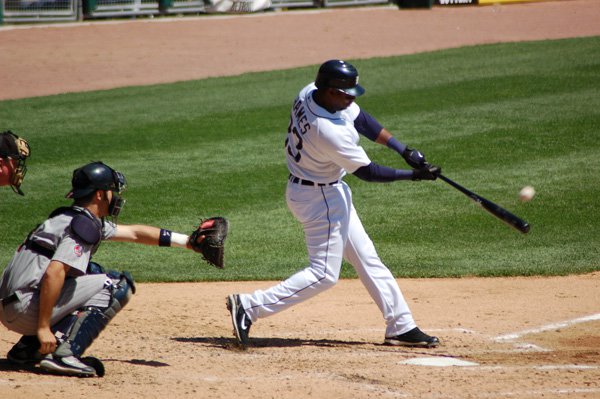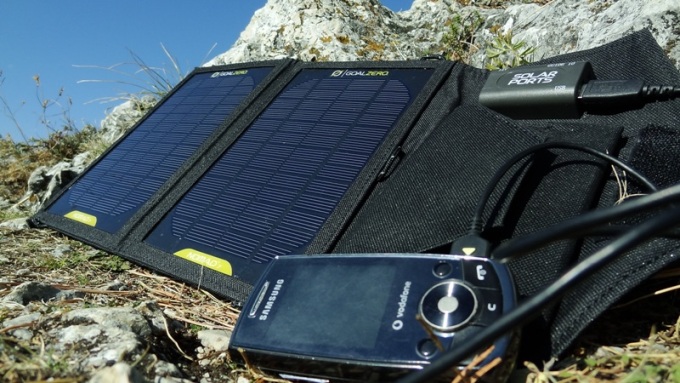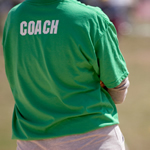
The baseball glove should act and feel like an extension of your arm. Your choice of material of which your glove is made will significantly affect your glove's performance (and your performance consequently). It is important therefore to be knowledgeable of the different types of baseball glove materials and how they can affect or help your game.
Here is a short description of the different types of materials used in making baseball gloves:
Full-Grain Leather. Full-grain leather is called so because it retains its natural grains. The only significant alterations done to it are hair removal and tanning. Because of that, full-grain gloves are relatively thick, heavy, stiff and require a long break-in time. Once completely broken in, however, they are the most superior in quality and durability. Many catcher's mitts are made out of full-grain leather.
Full-grain leather gloves are not widely available in youth sizes.
Top-Grain Leather. Top-grain leather is taken from the top portion of a piece of leather hide where the grain is a sanded off and artificial grain introduced. Top-grain leather gloves vary in weight and durability.
Premium Steer Hide Leather. Premium steer hide leather is cut from the back of the shoulder of a full-grown hide. It is the sturdiest part of the hide, which means that premium steer hide is stronger and more durable than traditional steer hide leather. Like full-grain, premium steer hide leather baseball gloves are heavier, stiffer and require long break-in periods than most other types of leather.
Cow Hide Leather. Cow hide leather gloves break in faster but are less durable than premium steer hide leather gloves. Cow hide leather is cheaper and more readily available than premium steer hide leather. As such, it is an excellent choice for youth players ages 10 and higher.
Pigskin. Pigskin gloves are very soft, flexible and break in very easily. However, they are not as durable as the other types of leather. They may not be an economical choice for adult players, but for children they work absolutely fine.
For young players, pigskin make a great alternative to the generally more expensive steer and cow hide leather gloves. The soft flexible leather is ideal for their strength, and since they are cheaper baseball gloves, it will not hurt as much to replace them.
Synthetic Mesh Hybrid. Mesh gloves used to be associated with six-year-old players who are just starting out with tee ball. But the synthetic material has made inroads elsewhere, even to Major League Baseball with no less than Manny Ramirez, Cameron Maybin and Shane Victorino each being seen using one.
Synthetic mesh is commonly used on the back part of leather gloves to add breathability, durability and lightness.
Synthetic hybrid mesh gloves are not significantly cheaper than solid leather ones.
Kangaroo Leather. Kangaroo gloves are seen by many as a new comer but certain glove manufacturers have been making them since the 1950's. Kangaroo leather is described as having the highest tensile strength, density and being very lightweight. It is stronger than steer hide but nowhere near as heavy. Break-in period is short, although, it does not keep its shape as well as steer or cow hide. Much like synthetic mesh hybrid gloves, it is said that the best use of kangaroo leather is to combine it with steer or cow hide (kangaroo for the back part, and steer or cow hide for the palm). This brings its lightness and breathability together with the strength and durability of the other two leathers.
Loads of Benefits Of Playing Kentucky Basketball!

Portable Solar Power Camping – Making Camping Easier

4 Ways Coaches Can Teach the Fundamentals of Softball

Copyright © www.mycheapnfljerseys.com Outdoor sports All Rights Reserved